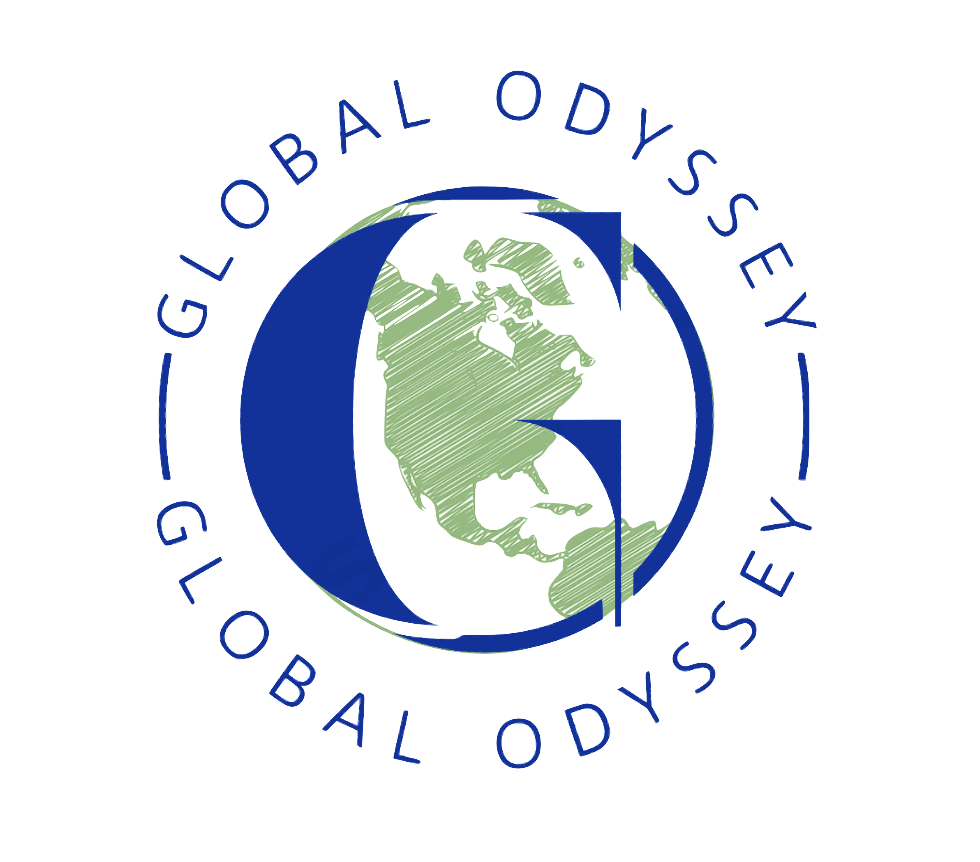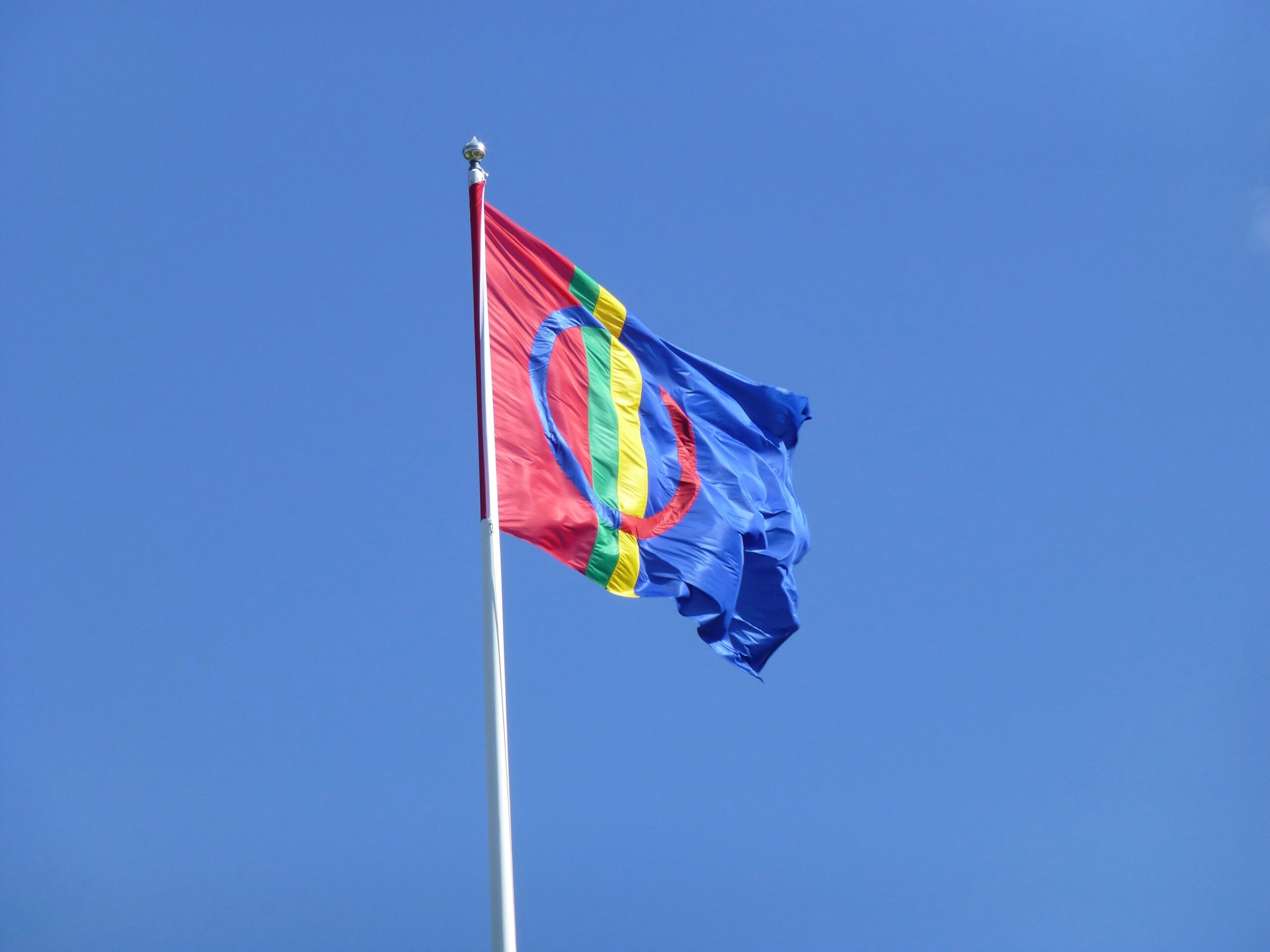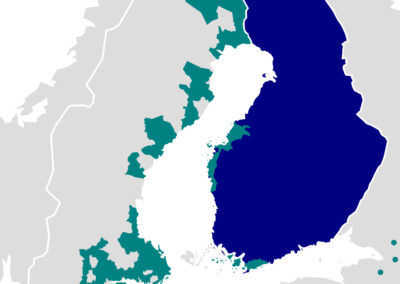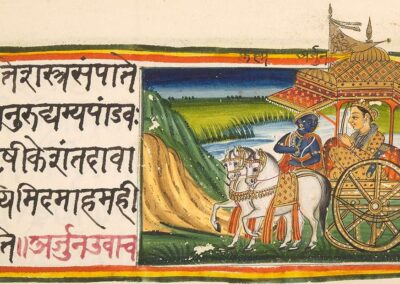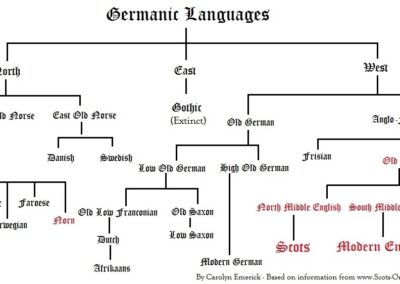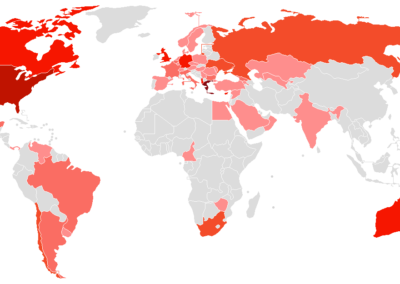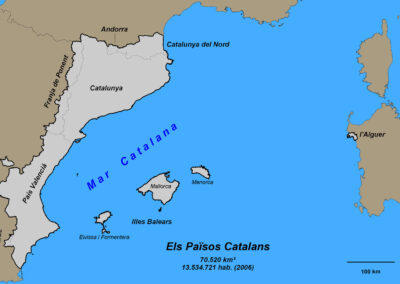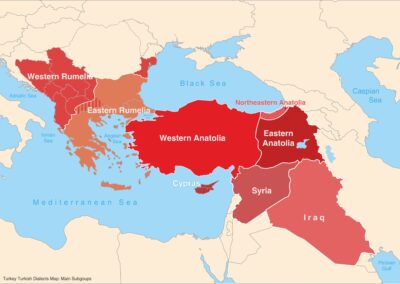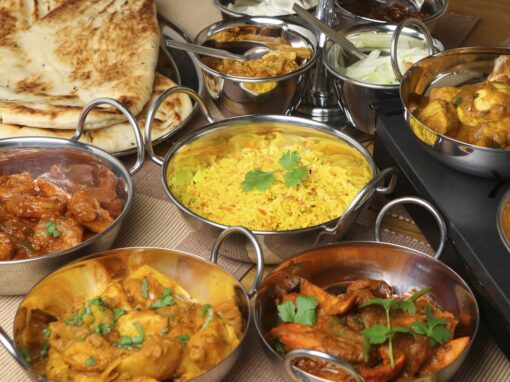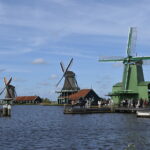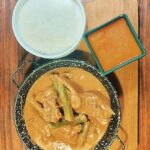The Sami language is an integral part of the Sami people, an indigenous group native to the northern regions of Norway, Sweden, Finland, and the Kola Peninsula of Russia. With multiple dialects, each reflecting the geographical and cultural diversity of the Sami community, learning even a few phrases can significantly enrich your travel experience in Sápmi.
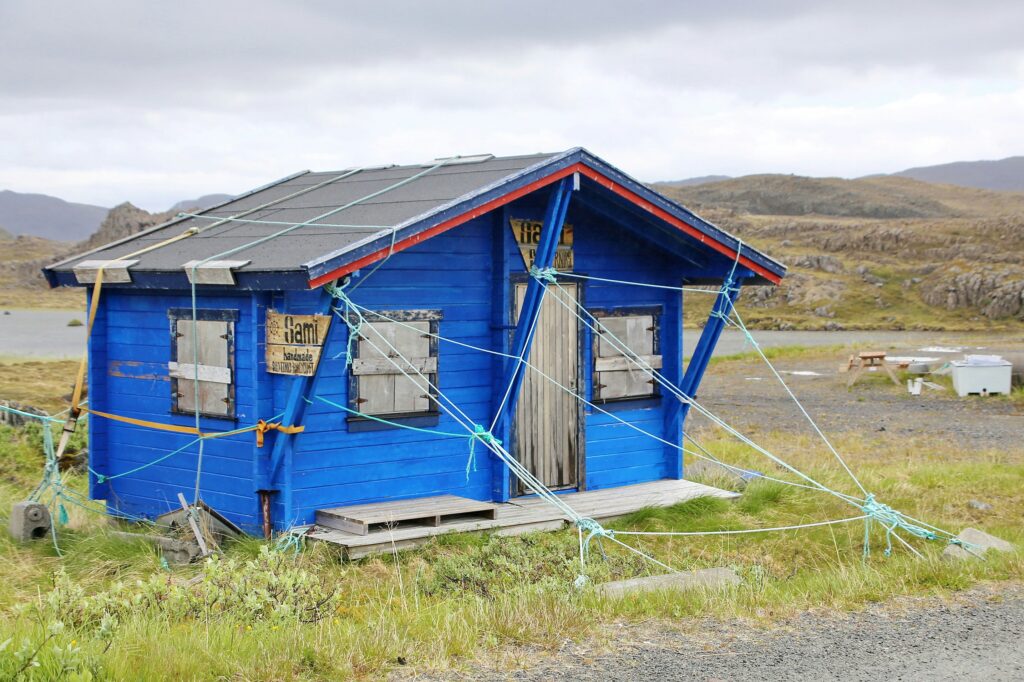
Overview of the Sami Language
The Sami language belongs to the Uralic language family and is divided into several distinct but related dialects. The main dialects include:
- Northern Sami: The most widely spoken, used by approximately 20,000 speakers across Norway, Sweden and Finland.
- Lule Sami: Spoken in parts of Norway and Sweden, with about 2,000 speakers.
- Southern Sami: Used by around 500 speakers in Norway and Sweden.
- Inari Sami: Primarily spoken in Finland, with about 300 speakers.
- Skolt Sami: Another dialect in Finland, with a few hundred speakers.
Each dialect has its own unique characteristics and variations, making the Sami language a rich and diverse linguistic landscape.

Cultural significance
The Sami language is more than just a means of communication, it embodies the Sami way of life, traditions and worldview. It is deeply intertwined with nature, reflecting the close relationship between the Sami people and their environment.
Many Sami words describe natural phenomena, reindeer herding practices and other aspects of traditional Sami life, providing insights into their unique cultural heritage.
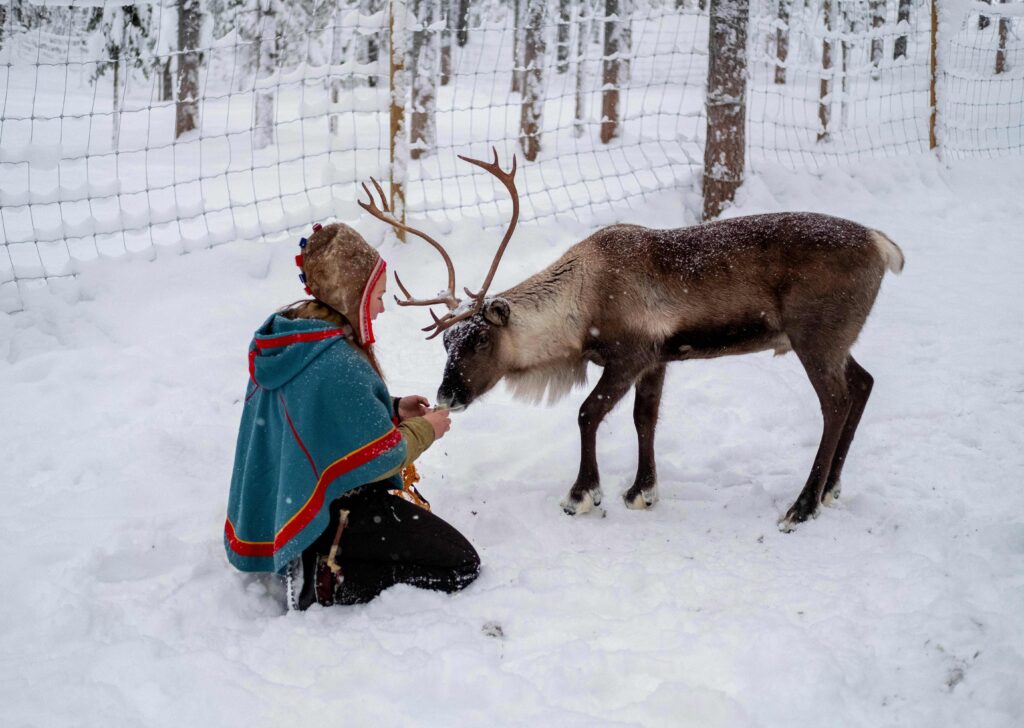
Key phrases in Northern Sami
Learning a few basic phrases in Northern Sami can greatly enhance your cultural experience and show respect for the local community. Here are some useful phrases:
- Hello: Bures
- Goodbye: Báze dearvan
- Thank you: Giitu
- Yes: Jo
- No: Ii
- Good morning: Buorre iđit
- Good evening: Buorre eahket
- Good night: Buorre idja
- How are you?: Mii manná?
- I’m fine, thank you: Mun lean buorre, giitu
- What is your name?: Mii du namma lea?
- My name is…: Mu namma lea…
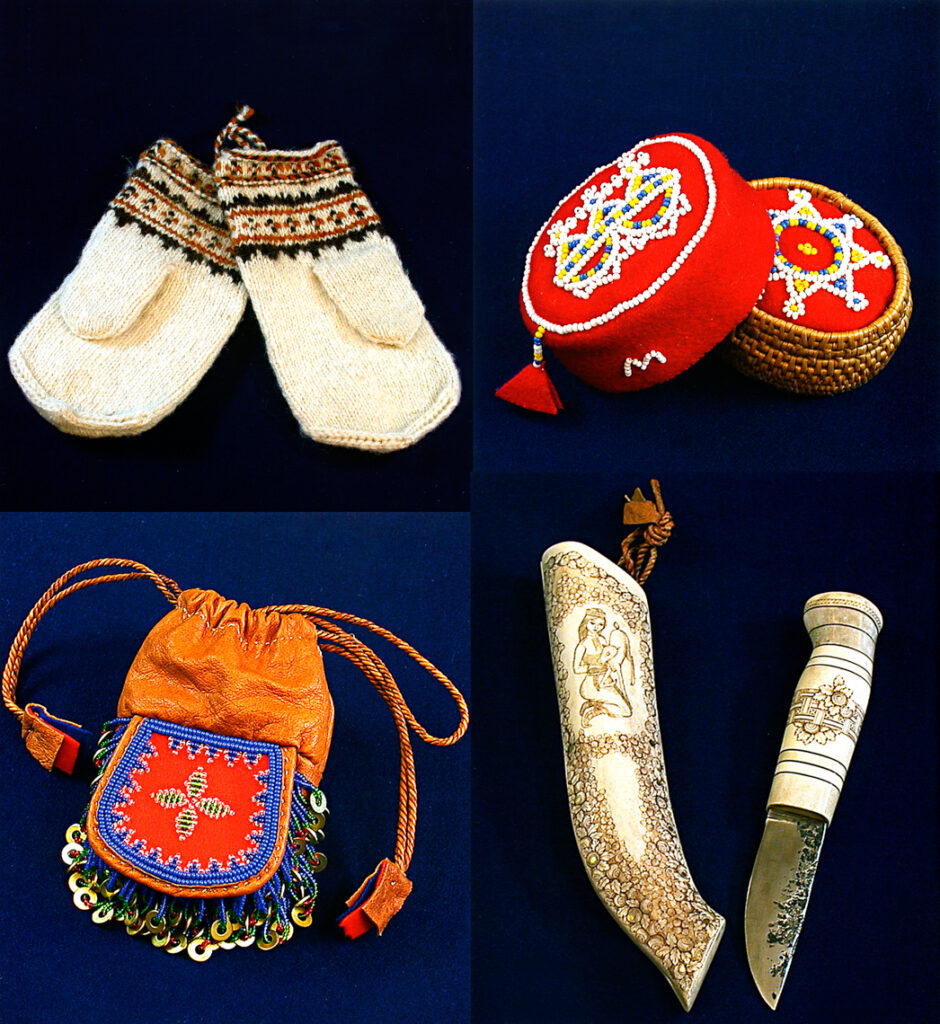
Places to explore the Sami culture
Sami Handicrafts (Duodji)
Duodji refers to the traditional handicrafts of the Sami people, which include items made from reindeer antlers, leather, wood and textiles. These crafts are both functional and artistic, often featuring intricate designs that are passed down through generations.
It is a central concept in Sami culture, reflecting both practical and aesthetic aspects of their way of life.
Where to experience it: Karasjok (Norway), Jokkmokk (Sweden), and Inari (Finland). Many local shops and cultural centres offer workshops where visitors can learn about and create their own Sami crafts.
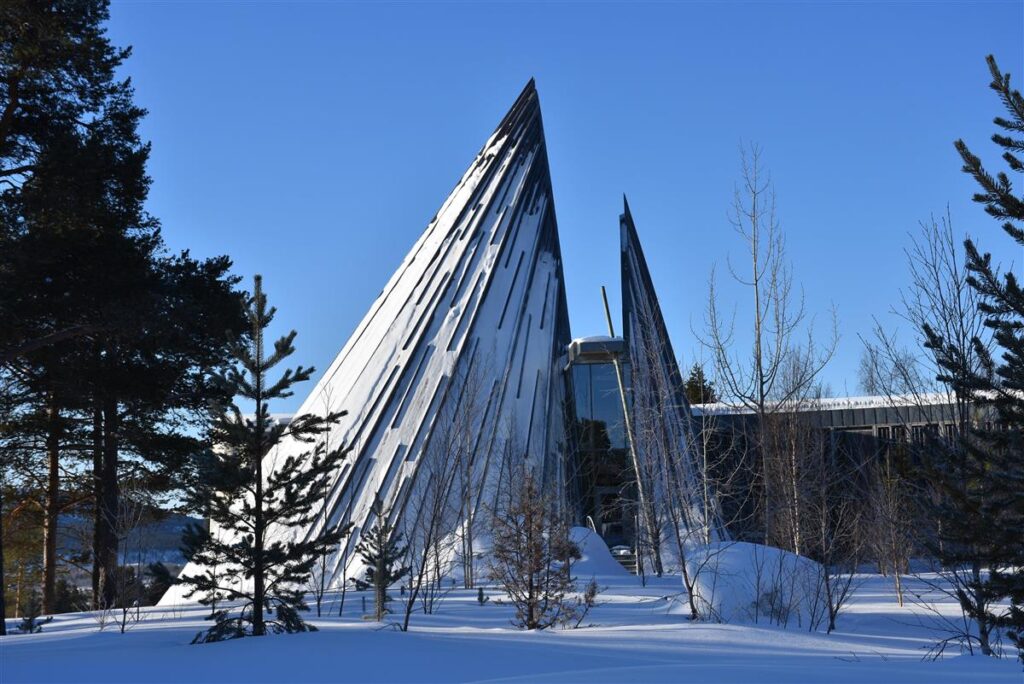
Sami Parliament in Karasjok, Norway
The Sami Parliament (Sámediggi) in Karasjok serves as a centre for political activity and cultural preservation. Visitors can tour the parliament building to learn about Sami governance, contemporary issues facing the Sami community and the efforts to preserve Sami culture and language.
The Sami Parliament operates in the Northern Sami language, among others. Phrases like ‘Giitu’ (thank you) can be useful and appreciated.
